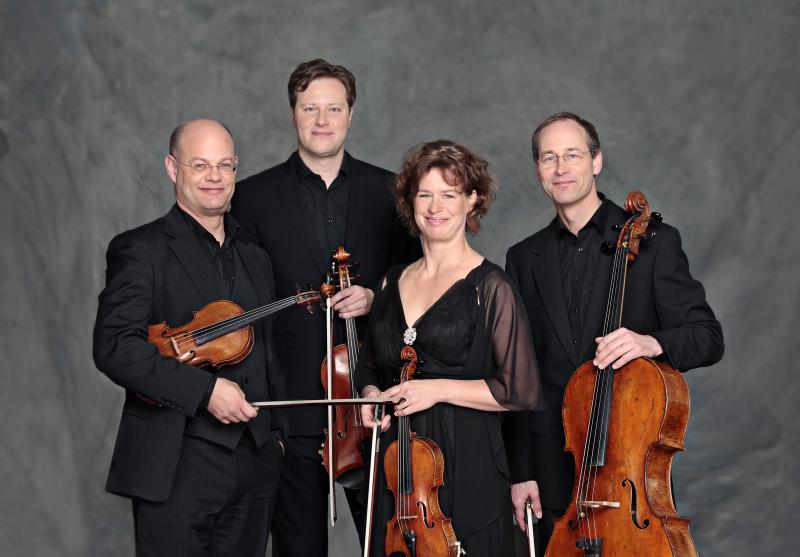Neuigkeit Apr 17, 2015 | Sabine Wiedemann News Video for Transcriptions and beyond - Works and Transcriptions for Piano Duo
In May audite releases the follow-up album of the PianoDuo Takahashi|Lehmann with works and transcriptions for piano duo. For a preview watch the video with impressions and interviews from the recording session.
The PianoDuo Takahashi|Lehmann combines intellectual programming with passionate expressivity. Original and adaptation - the lines are blurred: in his Concerto for Two Pianos, Stravinsky has the performers appear both as virtuoso soloists and representatives of an imagined orchestra. The composer's arrangement of Le Sacre for four hands is a masterpiece in its own right. Herrmann's Hausmusik turns the relationship between original and arrangement completely upside down, whilst the music which drove Nancarrow to compose for player pianos has been retranslated for four hands by Mikhashoff.
The PianoDuo Takahashi|Lehmann combines intellectual programming with passionate expressivity. Original and adaptation - the lines are blurred: in his Concerto for Two Pianos, Stravinsky has the performers appear both as virtuoso soloists and representatives of an imagined orchestra. The composer's arrangement of Le Sacre for four hands is a masterpiece in its own right. Herrmann's Hausmusik turns the relationship between original and arrangement completely upside down, whilst the music which drove Nancarrow to compose for player pianos has been retranslated for four hands by Mikhashoff.





